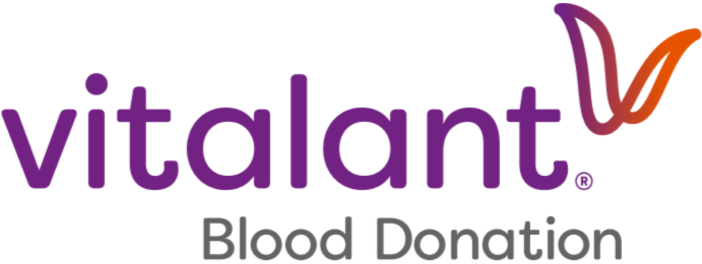Let's Talk About A Blood Type
You’re an A blood type – either A-positive (A+) or A-negative (A-). But what exactly does that mean for you and the patients who can receive your blood? Let’s explore some blood type A facts.
English
You’re an A blood type – either A-positive (A+) or A-negative (A-). But what exactly does that mean for you and the patients who can receive your blood? Let’s explore some blood type A facts.
The two A blood types are on opposite ends of the spectrum when it comes to how common they are in the U.S. blood donor population. A-negative blood type is relatively rare, with only 1 out of 17 people having this blood type. A-positive, on the other hand, is the second most common blood type, with 1 in 3 Americans having this blood type.
Caucasians are the most likely to have A blood type, followed closely by people whose ancestry is Native American, according to the ADRP.
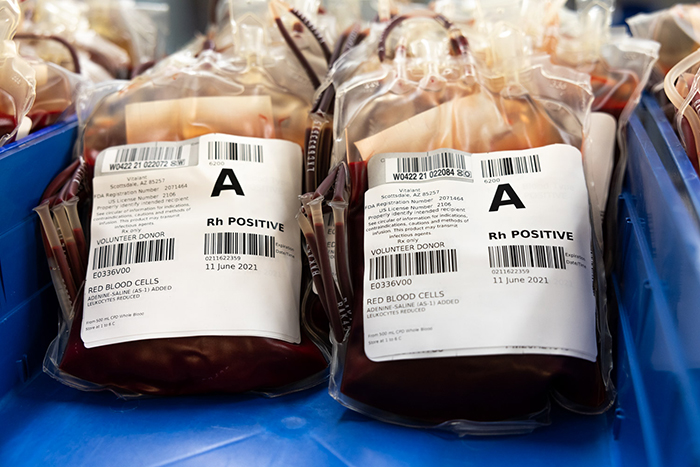
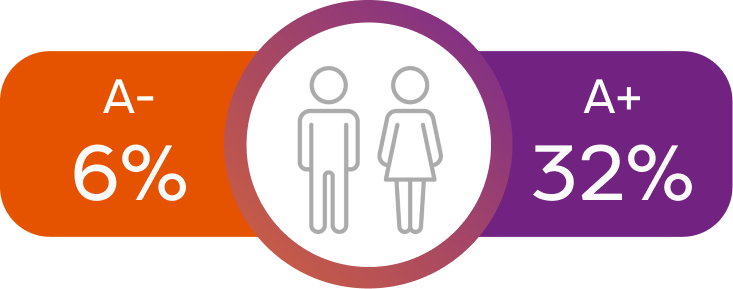

Because A-negative is relatively rare, it’s important that donors with this blood type donate on a regular basis. You can double your impact by Powering Up to a Power Red donation.
Blood type A-positive donors can make the biggest impact by donating platelets, which most often help cancer patients. Platelets must be transfused within 7 days, and there is a constant need to replenish the supply.
Of course, all blood types are needed for patients, and the rarest type is the one not on the shelf when someone needs it. Schedule your donation today, and encourage a friend of any blood type to join you!
Make Appointment Now
When patients need a blood transfusion, it’s important they receive a blood type compatible with their own. Otherwise, the transfusion may do more harm than good.
Thankfully, in the many centuries since blood transfusions were first attempted, doctors and researchers discovered our different blood types and determined each type’s compatibility with other types.
Two antigens on your red blood cells determine type: A and B. When only the A antigen is present, you are blood type A. Same is true for the B antigen and blood type B. When both are present, that is called blood type AB, and when neither are present, it’s called blood type O. Visit our blood types blog if you want to read more.
There is also a protein called the Rh factor which, if present, makes your blood positive (+) and if not, your blood type is negative (-). The eight most common blood types are a result of the different combinations of A, B, O and the Rh factor — A+, A-, B+, B-, O+, O-, AB+, AB-.
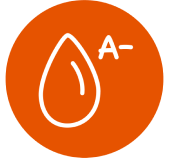
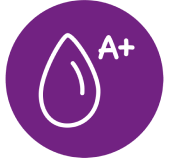
You can use any donate button on our site (including the one below) to find locations to donate near you.
